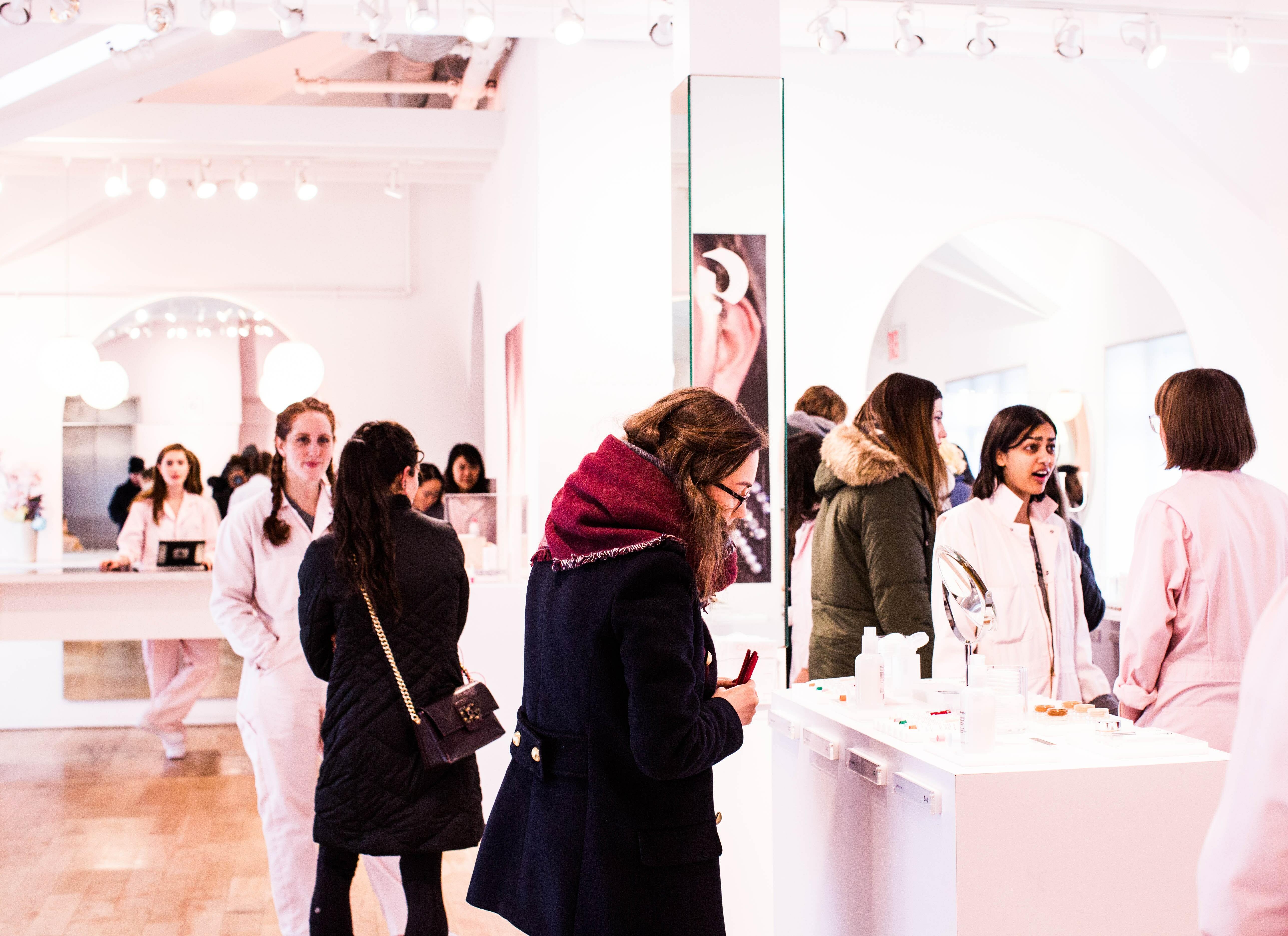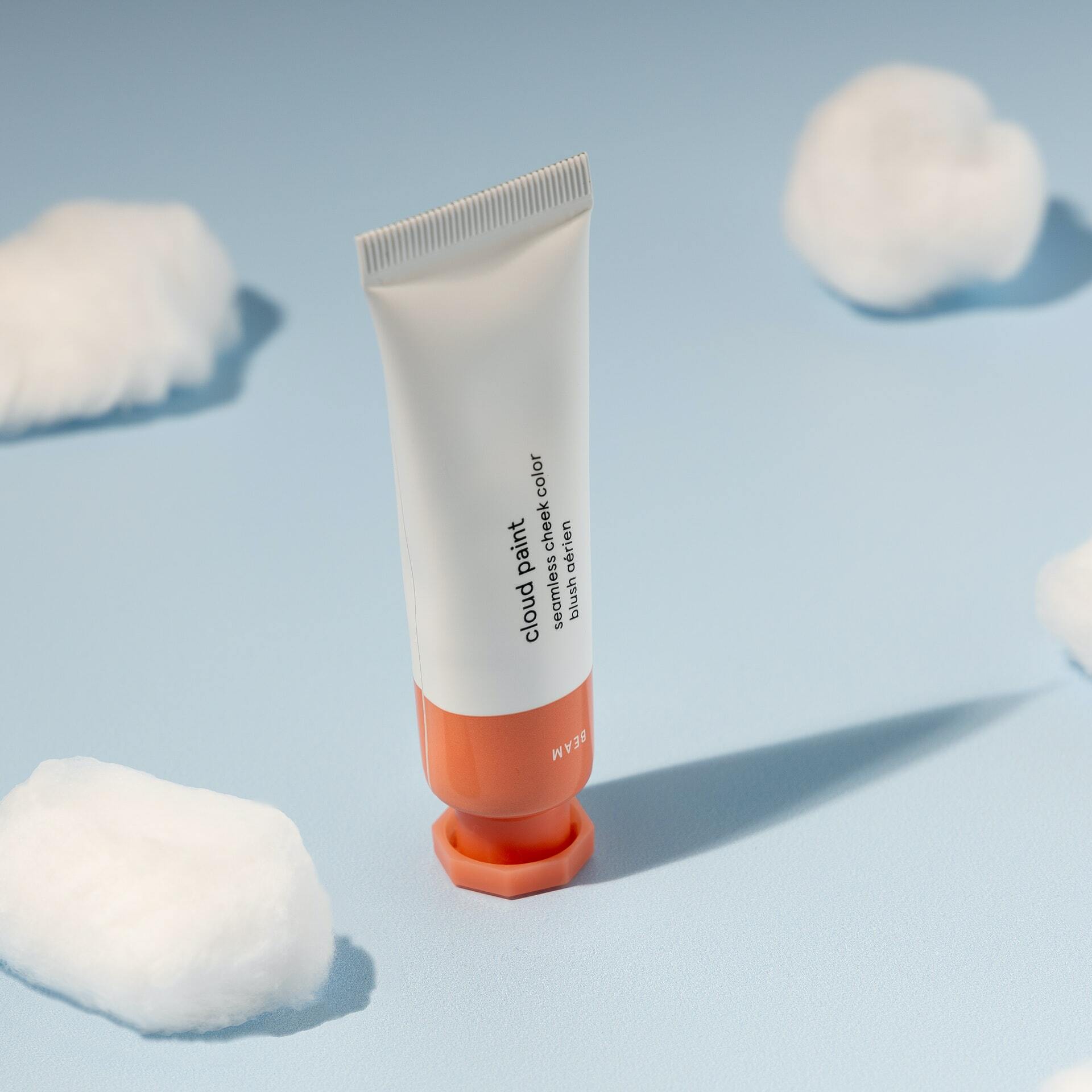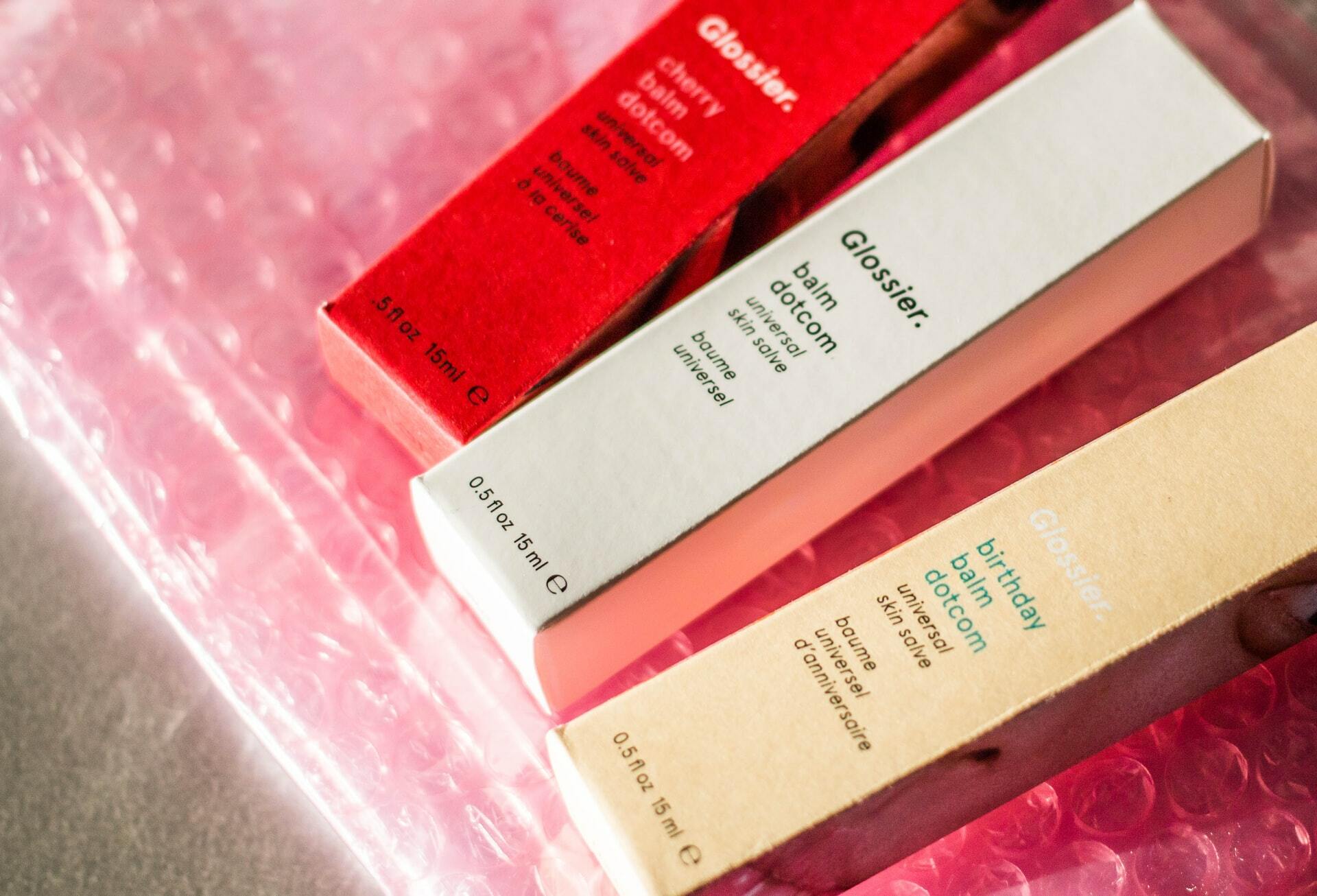Emily Weiss never set out to launch a beauty company. In 2014, Weiss was working at Teen Vogue and had started a beauty and lifestyle blog, Into The Gloss, on the side. It featured the latest beauty tips, tricks and trends. Weiss’ blog grew fast, receiving up to 10 million pageviews a month, gained her industry contacts and a large audience of women from around the world. After receiving comments from women about the lack of suitable products in the beauty industry, Weiss decided to build her own brand and launch her own line of skincare products.
Weiss managed to raise $2million in venture capital to start Glossier. Weiss used this initial investment to hire a small team and launch the website. In October 2014, Weiss introduced Glossier’s first four products on her blog; an all-purpose balm, a face mist, a skin tint, and a moisturiser. Weiss’s goal was to keep things simple in order to reduce the stress of “endless choice,” a phrase commonly used by women commenting on her blog. By having a small product catalog, Glossier was able to spend more time focusing on executing a digital marketing campaign centered around content creation. During the launch of Glossier, Weiss noticed that major beauty brands had not yet begun to use social media to communicate with their prospective customers and decided to make this a key component of her advertising strategy.
Glossier recognised the potential of creative content and social media to build a community. It allowed them to focus on accessibility and engagement with their audience. While Weiss was working on her initial four products, she documented the process on her blog to build excitement and gain potential customers. Weiss then launched the brand on Instagram before the products were even finalised and encouraged followers to respond with their opinions about branding, packaging and design through likes and comments. In 2014, it was reported that 90% of Instagram users were under 35 years old, an ideal space for Weiss to meet her target audience and gather free market research. Weiss interacted authentically with her future customers and gave them a sense of ownership as they helped shape the brand.
After a successful launch on social media, Weiss decided Glossier would be a digital, direct-to-consumer business with emphasis on communication with its customers. Once products were released, Weiss encouraged customers to post pictures of themselves using the products and using the brand’s iconic emoji stickers. This created a viral movement around the brand, as well as authentic reviews of Glossier’s products. This use of social media, combined with Glossier’s mission to empower women rather than just marketing to women, has strongly resonated with Glossier’s audience and created a long-lasting impact in the beauty industry.



